HUMAN RESOURCE MANAGEMENT “ Motivation is the

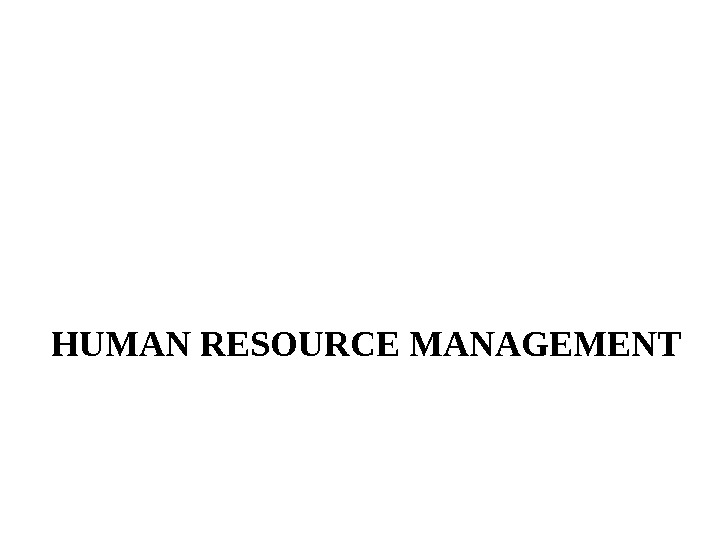
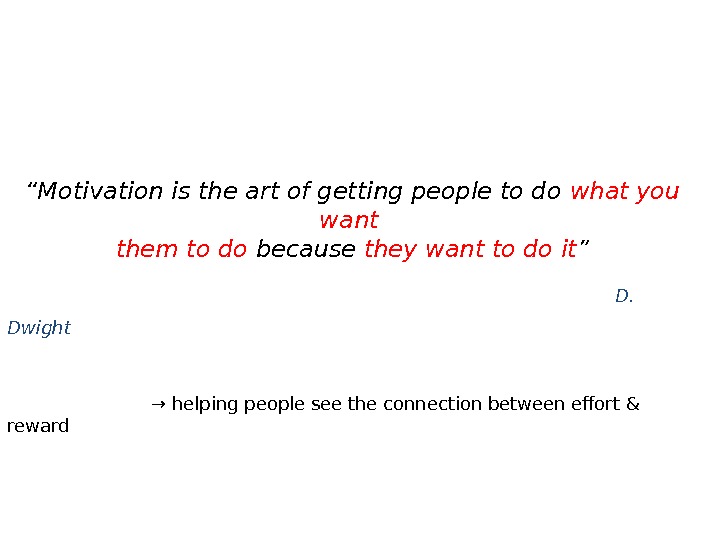
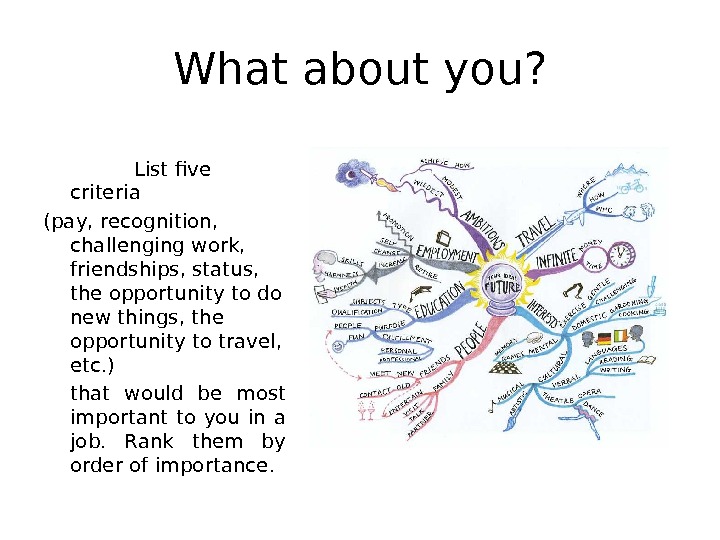
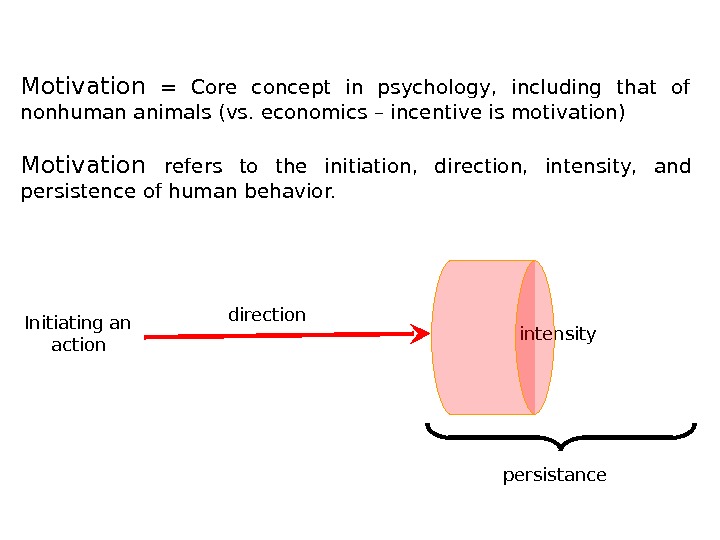
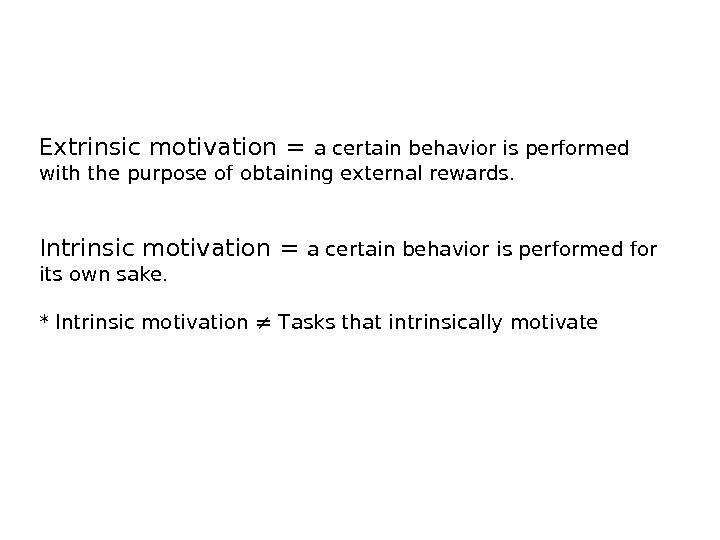
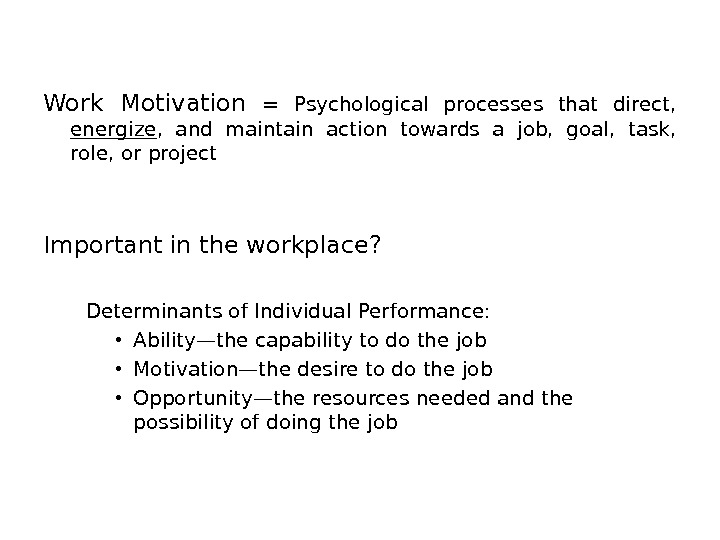
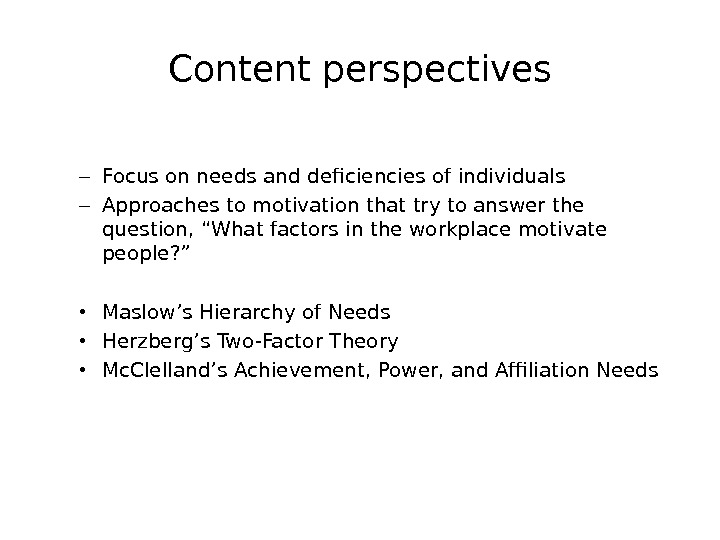
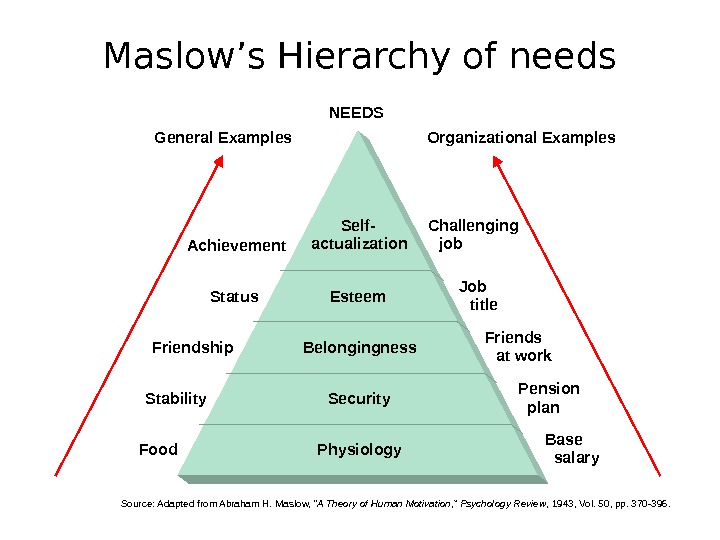
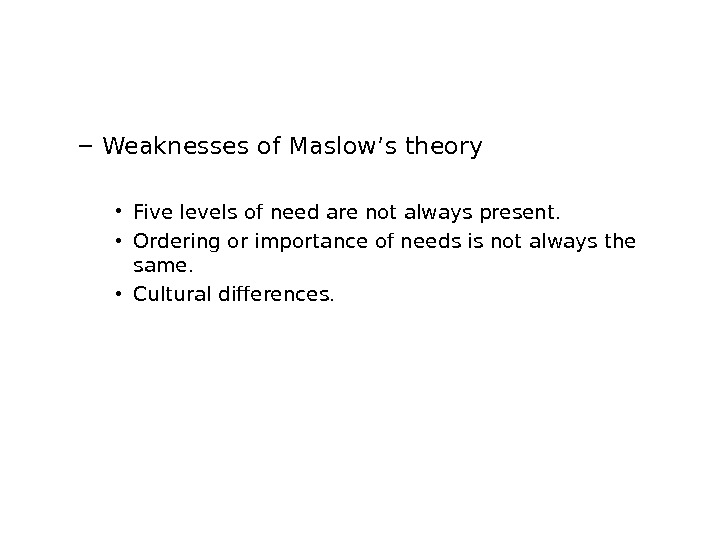
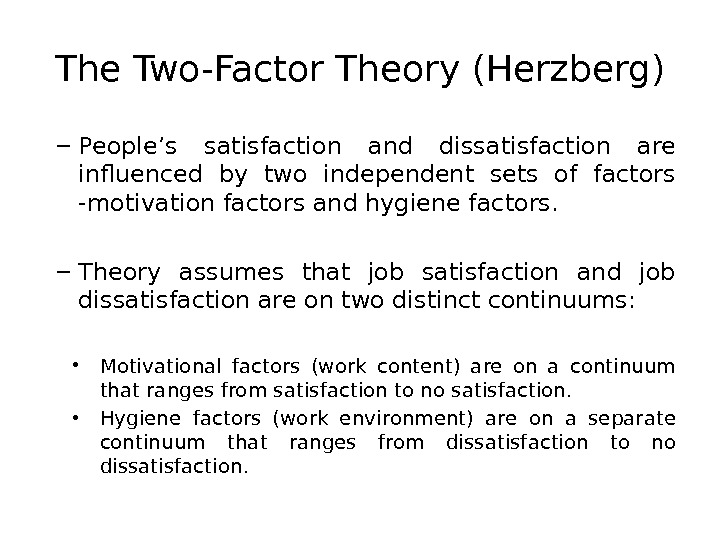
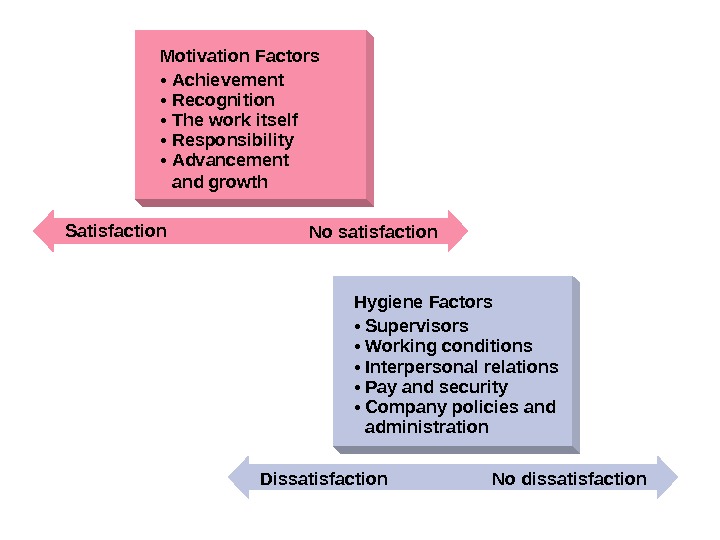

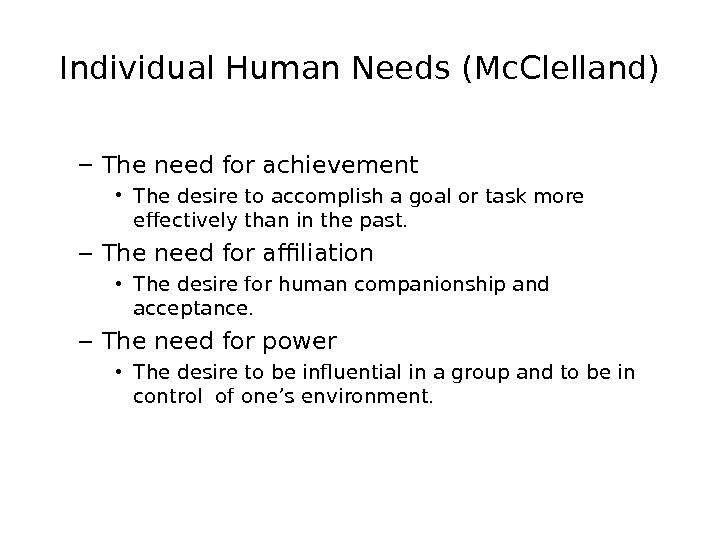
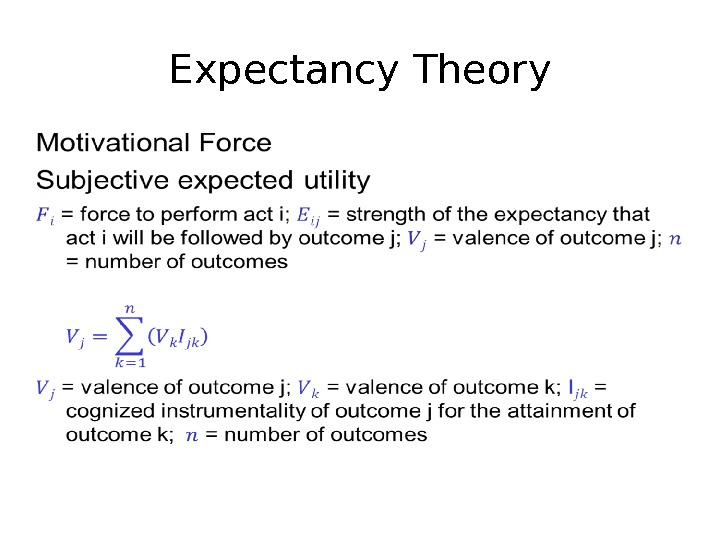
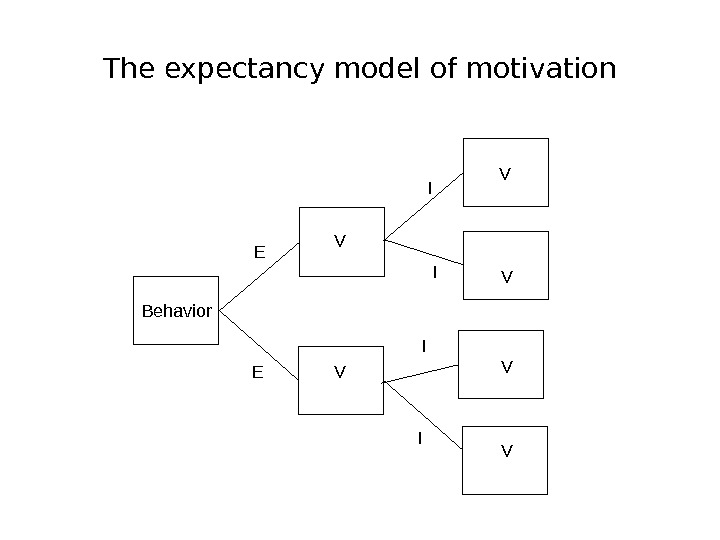
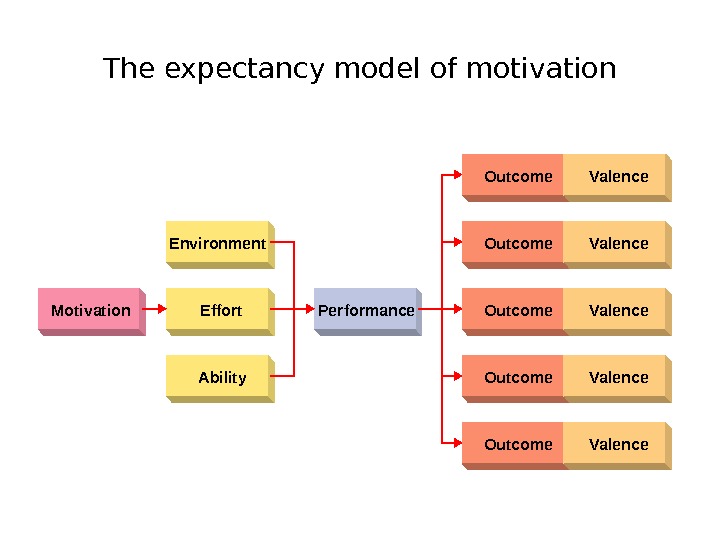
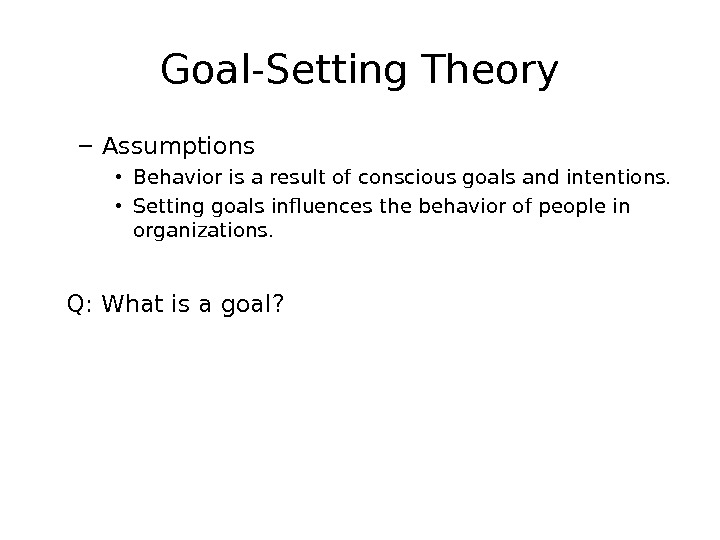
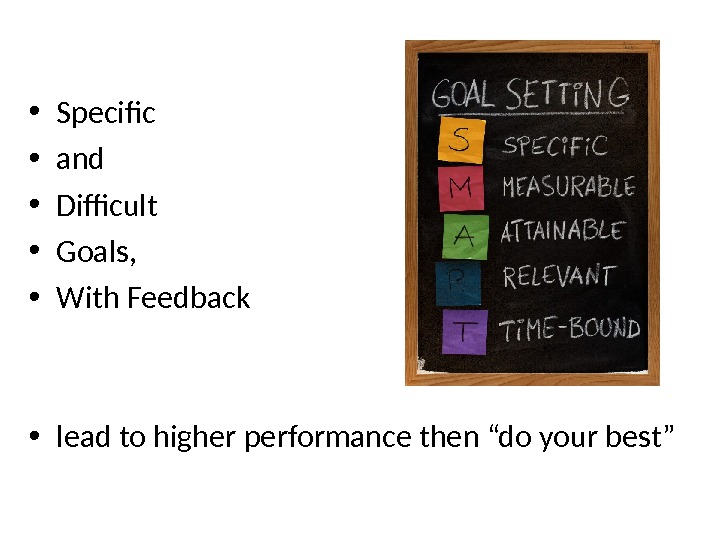
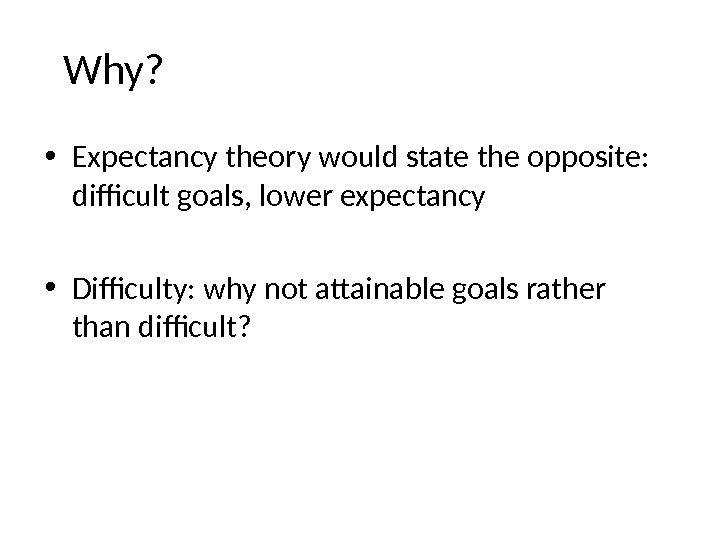
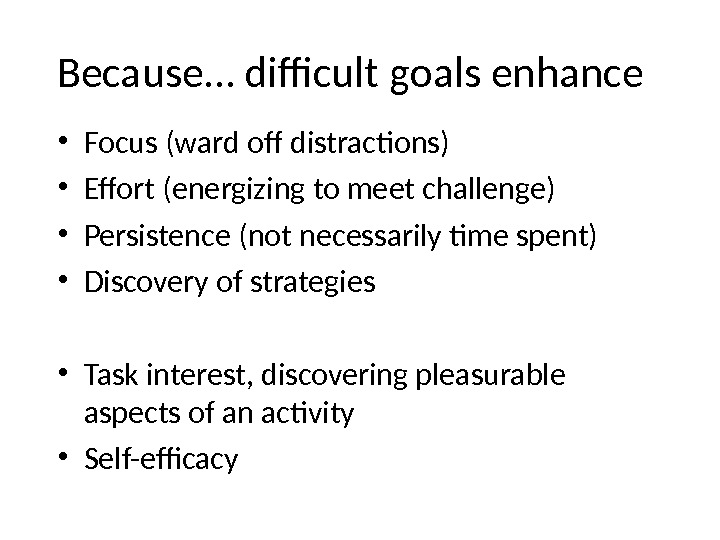

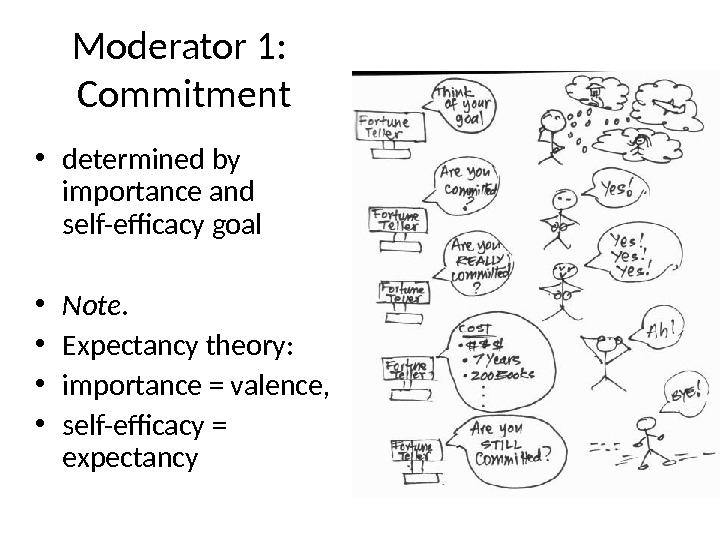
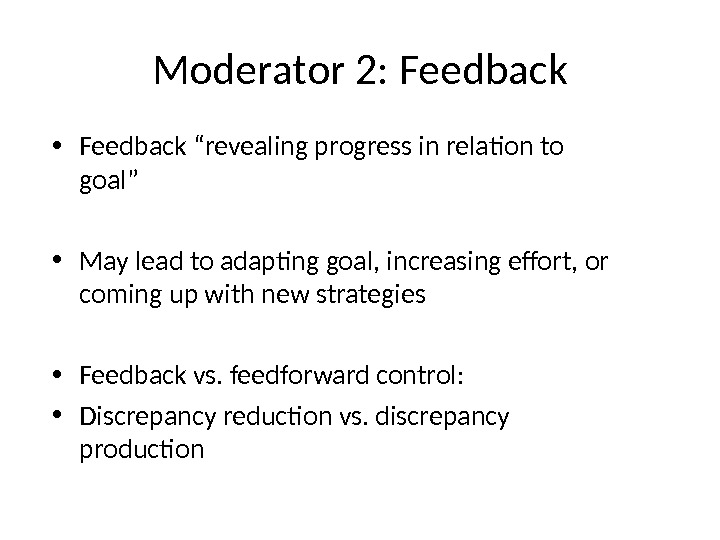
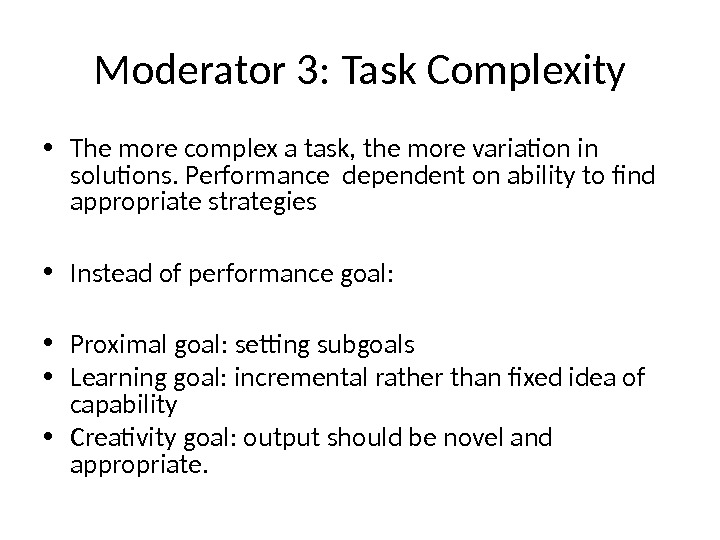
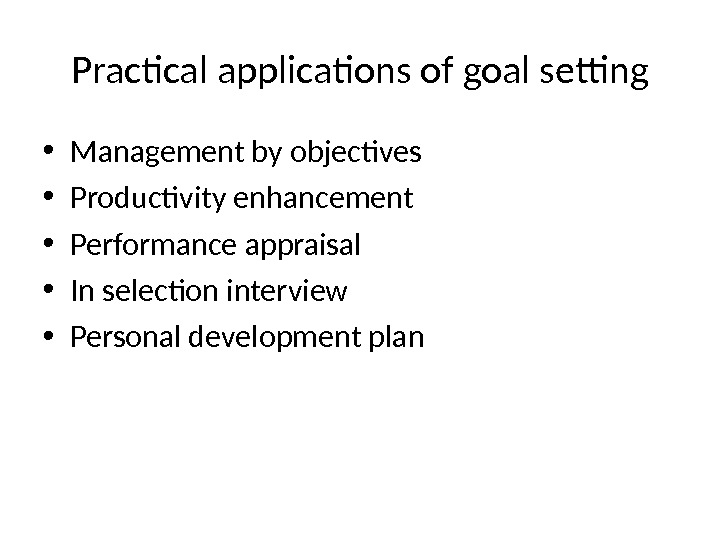
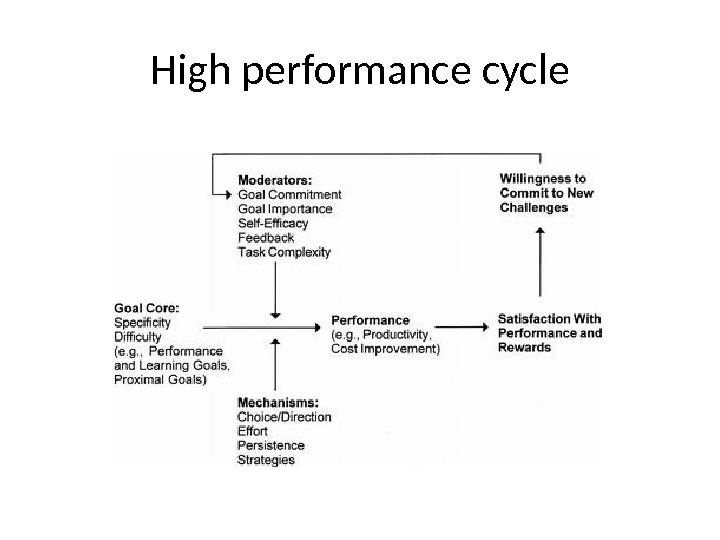
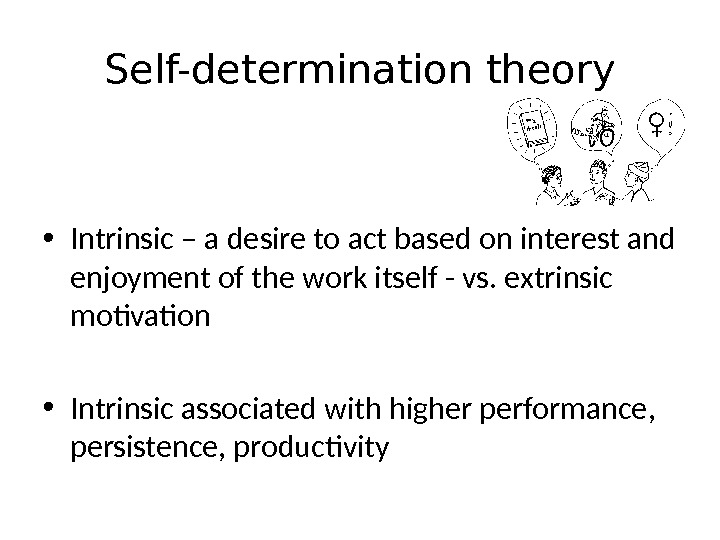

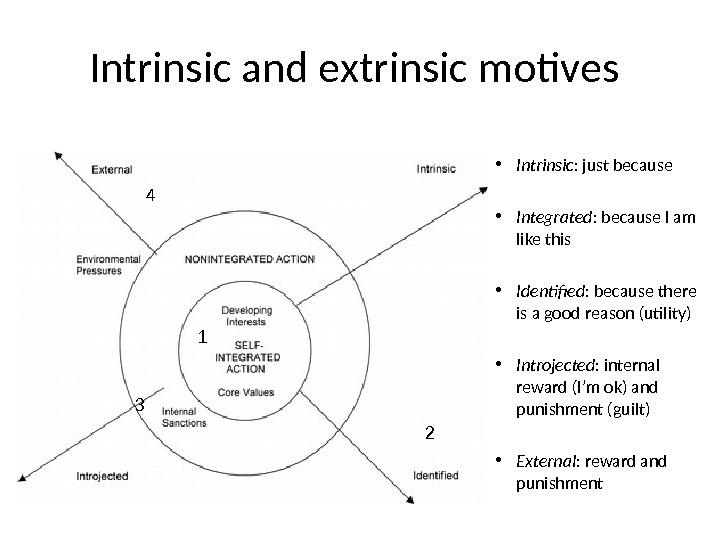
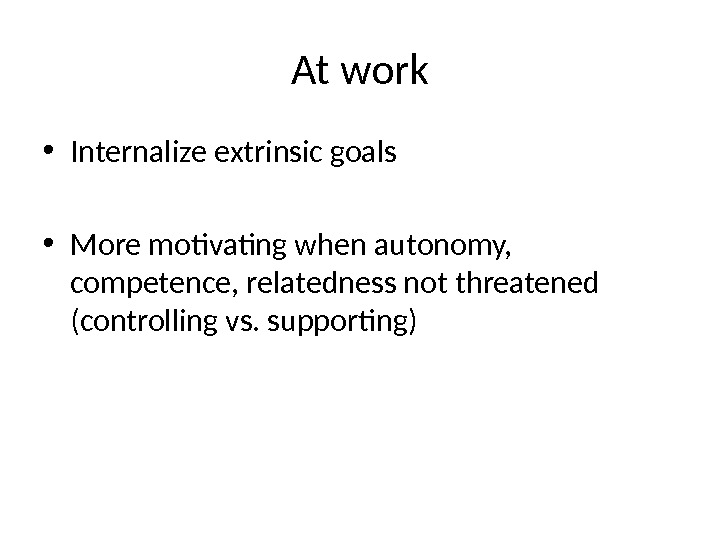
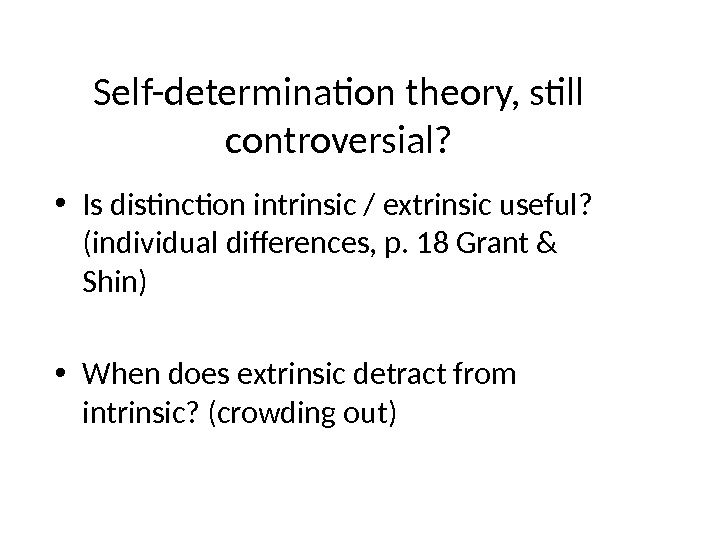
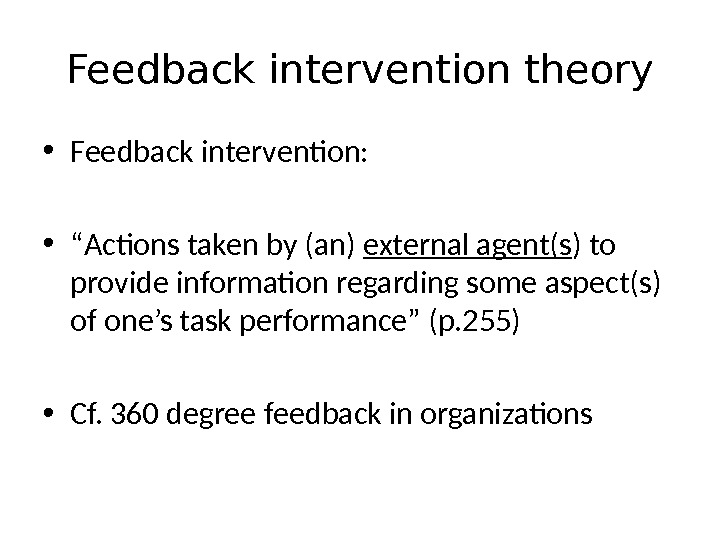
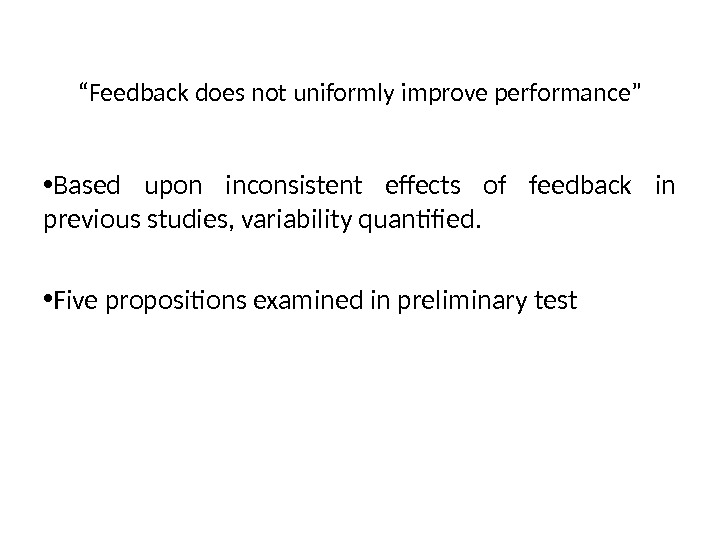
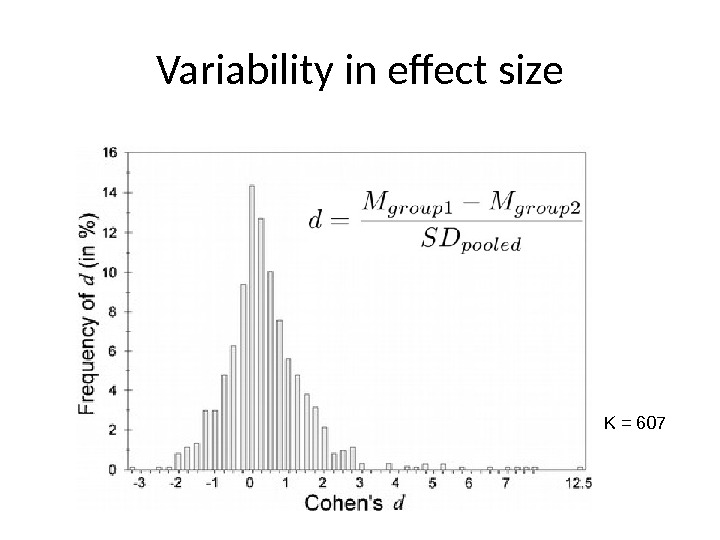
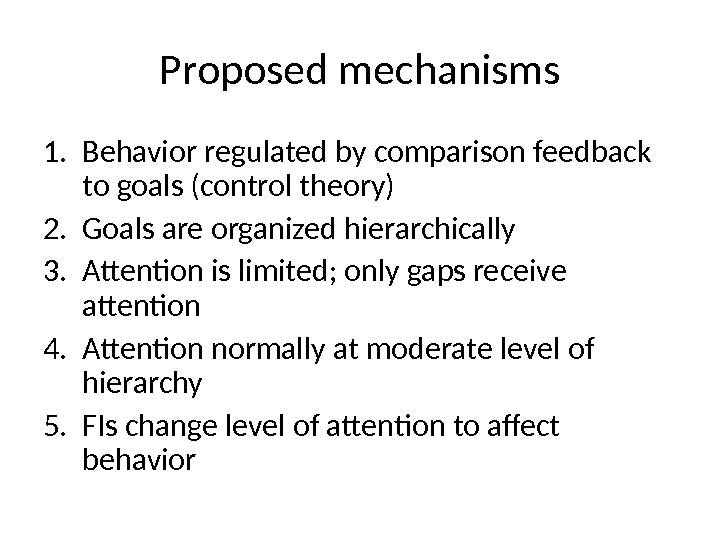
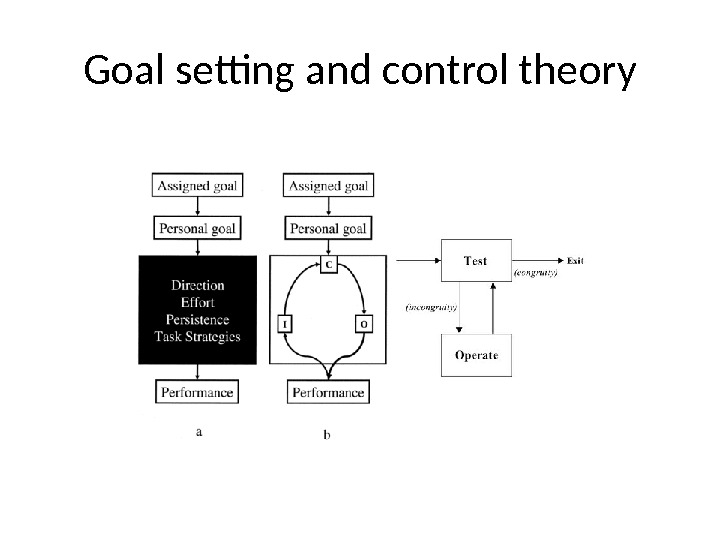
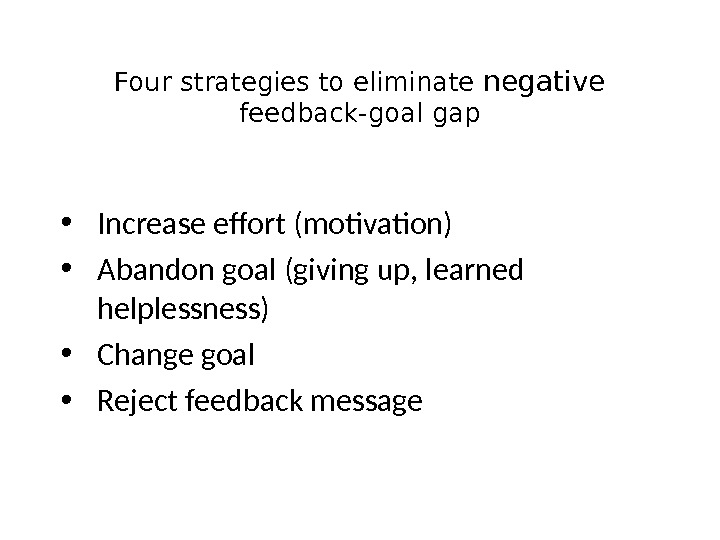
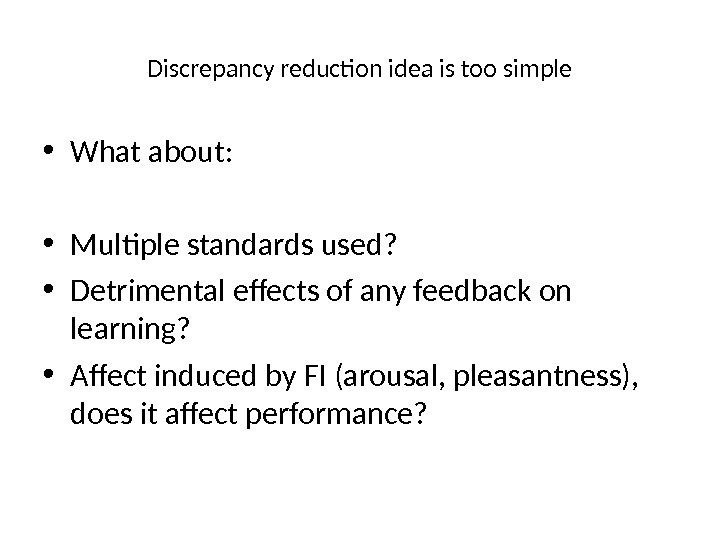
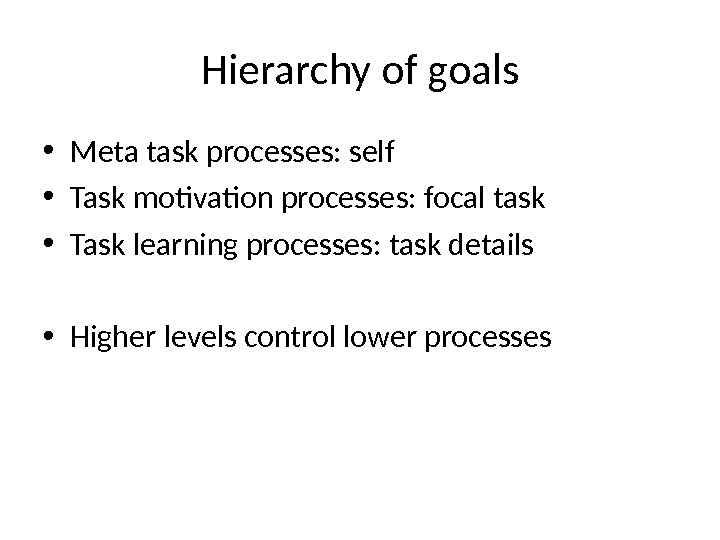
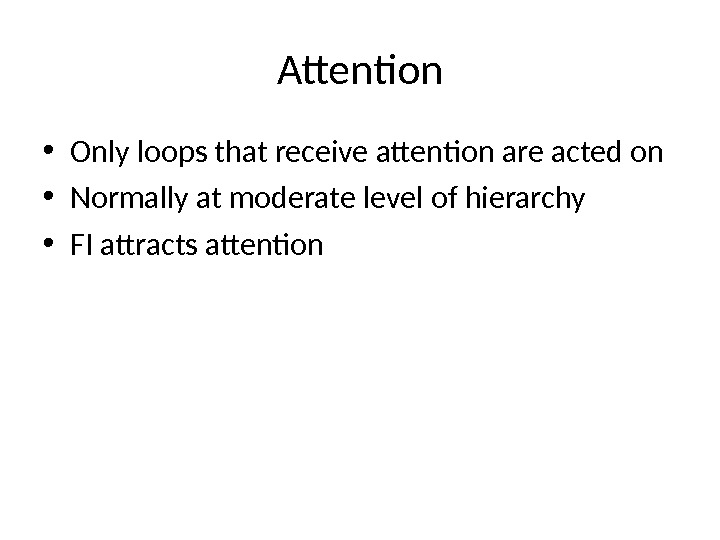
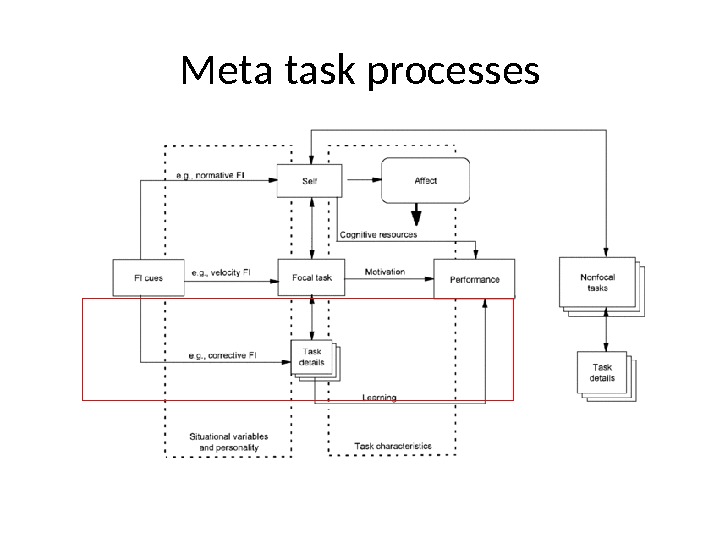
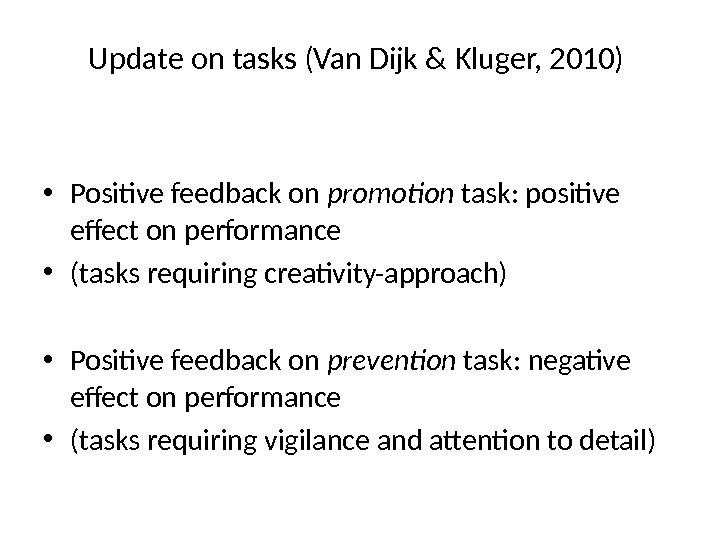
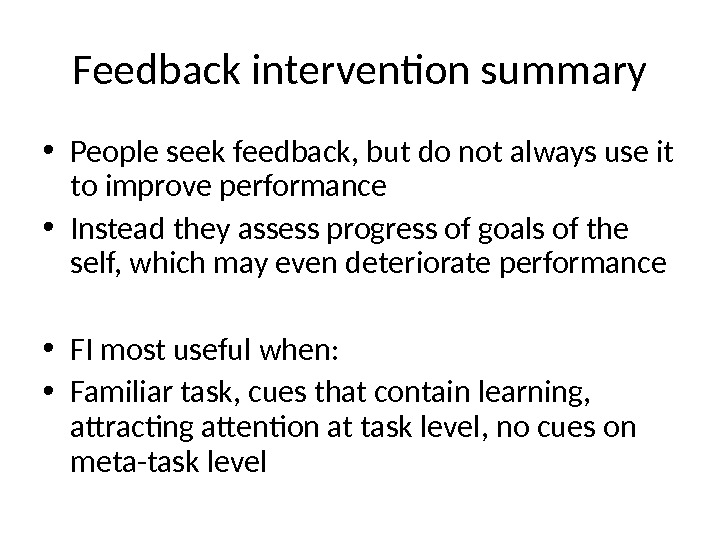
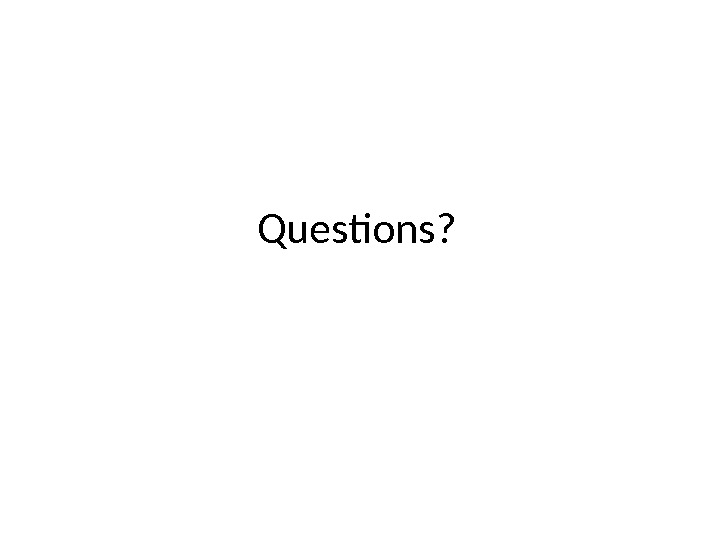
- Размер: 2.4 Mегабайта
- Количество слайдов: 44
Описание презентации HUMAN RESOURCE MANAGEMENT “ Motivation is the по слайдам
 HUMAN RESOURCE MANAGEMENT
HUMAN RESOURCE MANAGEMENT
 “ Motivation is the art of getting people to do what you want them to do because they want to do it ” D. Dwight → helping people see the connection between effort & reward
“ Motivation is the art of getting people to do what you want them to do because they want to do it ” D. Dwight → helping people see the connection between effort & reward
 What about you? List five criteria (pay, recognition, challenging work, friendships, status, the opportunity to do new things, the opportunity to travel, etc. ) that would be most important to you in a job. Rank them by order of importance.
What about you? List five criteria (pay, recognition, challenging work, friendships, status, the opportunity to do new things, the opportunity to travel, etc. ) that would be most important to you in a job. Rank them by order of importance.
 Motivation = Core concept in psychology, including that of nonhuman animals (vs. economics – incentive is motivation) Motivation refers to the initiation, direction, intensity, and persistence of human behavior. Initiating an action direction intensity persistance
Motivation = Core concept in psychology, including that of nonhuman animals (vs. economics – incentive is motivation) Motivation refers to the initiation, direction, intensity, and persistence of human behavior. Initiating an action direction intensity persistance
 Extrinsic motivation = a certain behavior is performed with the purpose of obtaining external rewards. Intrinsic motivation = a certain behavior is performed for its own sake. * Intrinsic motivation ≠ T asks that intrinsically motivate
Extrinsic motivation = a certain behavior is performed with the purpose of obtaining external rewards. Intrinsic motivation = a certain behavior is performed for its own sake. * Intrinsic motivation ≠ T asks that intrinsically motivate
 Work Motivation = Psychological processes that direct, energize , and maintain action towards a job, goal, task, role, or project Important in the workplace? Determinants of Individual Performance: • Ability—the capability to do the job • Motivation—the desire to do the job • Opportunity—the resources needed and the possibility of doing the job
Work Motivation = Psychological processes that direct, energize , and maintain action towards a job, goal, task, role, or project Important in the workplace? Determinants of Individual Performance: • Ability—the capability to do the job • Motivation—the desire to do the job • Opportunity—the resources needed and the possibility of doing the job
 Content perspectives – Focus on needs and deficiencies of individuals – Approaches to motivation that try to answer the question, “What factors in the workplace motivate people? ” • Maslow’s Hierarchy of Needs • Herzberg’s Two-Factor Theory • Mc. Clelland’s Achievement, Power, and Affiliation Needs
Content perspectives – Focus on needs and deficiencies of individuals – Approaches to motivation that try to answer the question, “What factors in the workplace motivate people? ” • Maslow’s Hierarchy of Needs • Herzberg’s Two-Factor Theory • Mc. Clelland’s Achievement, Power, and Affiliation Needs
 Maslow’s Hierarchy of needs Self- actualization Esteem Belongingness Security Physiology. Food Achievement Status Friendship Stability Job Friends Pension Base. NEEDS General Examples Organizational Examples job. Challenging title at work plan salary Source: Adapted from Abraham H. Maslow, “ A Theory of Human Motivation , ” Psychology Review , 1943, Vol. 50, pp. 370 -396.
Maslow’s Hierarchy of needs Self- actualization Esteem Belongingness Security Physiology. Food Achievement Status Friendship Stability Job Friends Pension Base. NEEDS General Examples Organizational Examples job. Challenging title at work plan salary Source: Adapted from Abraham H. Maslow, “ A Theory of Human Motivation , ” Psychology Review , 1943, Vol. 50, pp. 370 -396.
 – Weaknesses of Maslow’s theory • Five levels of need are not always present. • Ordering or importance of needs is not always the same. • Cultural differences.
– Weaknesses of Maslow’s theory • Five levels of need are not always present. • Ordering or importance of needs is not always the same. • Cultural differences.
 The Two-Factor Theory (Herzberg) – People’s satisfaction and dissatisfaction are influenced by two independent sets of factors -motivation factors and hygiene factors. – Theory assumes that job satisfaction and job dissatisfaction are on two distinct continuums: • Motivational factors (work content) are on a continuum that ranges from satisfaction to no satisfaction. • Hygiene factors (work environment) are on a separate continuum that ranges from dissatisfaction to no dissatisfaction.
The Two-Factor Theory (Herzberg) – People’s satisfaction and dissatisfaction are influenced by two independent sets of factors -motivation factors and hygiene factors. – Theory assumes that job satisfaction and job dissatisfaction are on two distinct continuums: • Motivational factors (work content) are on a continuum that ranges from satisfaction to no satisfaction. • Hygiene factors (work environment) are on a separate continuum that ranges from dissatisfaction to no dissatisfaction.
 Satisfaction No satisfaction. Motivation Factors • Achievement • Recognition • The work itself • Responsibility • Advancement and growth Dissatisfaction No dissatisfaction. Hygiene Factors • Supervisors • Working conditions • Interpersonal relations • Pay and security • Company policies and administration
Satisfaction No satisfaction. Motivation Factors • Achievement • Recognition • The work itself • Responsibility • Advancement and growth Dissatisfaction No dissatisfaction. Hygiene Factors • Supervisors • Working conditions • Interpersonal relations • Pay and security • Company policies and administration
 – Criticisms of the Two-Factor Theory • Interview findings are subject to different explanations. • Sample population was not representative. • Subsequent research has not upheld theory.
– Criticisms of the Two-Factor Theory • Interview findings are subject to different explanations. • Sample population was not representative. • Subsequent research has not upheld theory.
 Individual Human Needs (Mc. Clelland) – The need for achievement • The desire to accomplish a goal or task more effectively than in the past. – The need for affiliation • The desire for human companionship and acceptance. – The need for power • The desire to be influential in a group and to be in control of one’s environment.
Individual Human Needs (Mc. Clelland) – The need for achievement • The desire to accomplish a goal or task more effectively than in the past. – The need for affiliation • The desire for human companionship and acceptance. – The need for power • The desire to be influential in a group and to be in control of one’s environment.
 Expectancy Theory
Expectancy Theory
 The expectancy model of motivation Behavior V VV VVV E E I I
The expectancy model of motivation Behavior V VV VVV E E I I
 The expectancy model of motivation Environment Motivation Effort Performance Ability Outcome Valence
The expectancy model of motivation Environment Motivation Effort Performance Ability Outcome Valence
 Goal-Setting Theory – Assumptions • Behavior is a result of conscious goals and intentions. • Setting goals influences the behavior of people in organizations. Q: What is a goal?
Goal-Setting Theory – Assumptions • Behavior is a result of conscious goals and intentions. • Setting goals influences the behavior of people in organizations. Q: What is a goal?
 • Specific • and • Difficult • Goals, • With Feedback • lead to higher performance then “do your best”
• Specific • and • Difficult • Goals, • With Feedback • lead to higher performance then “do your best”
 Why? • Expectancy theory would state the opposite: difficult goals, lower expectancy • Difficulty: why not attainable goals rather than difficult?
Why? • Expectancy theory would state the opposite: difficult goals, lower expectancy • Difficulty: why not attainable goals rather than difficult?
 Because… difficult goals enhance • Focus (ward off distractions) • Effort (energizing to meet challenge) • Persistence (not necessarily time spent) • Discovery of strategies • Task interest, discovering pleasurable aspects of an activity • Self-efficacy
Because… difficult goals enhance • Focus (ward off distractions) • Effort (energizing to meet challenge) • Persistence (not necessarily time spent) • Discovery of strategies • Task interest, discovering pleasurable aspects of an activity • Self-efficacy
 Moderators of goal setting – performance relation • Commitment • Feedback • Task complexity
Moderators of goal setting – performance relation • Commitment • Feedback • Task complexity
 Moderator 1: Commitment • determined by importance and self-efficacy goal • Note. • Expectancy theory: • importance = valence, • self-efficacy = expectancy
Moderator 1: Commitment • determined by importance and self-efficacy goal • Note. • Expectancy theory: • importance = valence, • self-efficacy = expectancy
 Moderator 2: Feedback • Feedback “revealing progress in relation to goal” • May lead to adapting goal, increasing effort, or coming up with new strategies • Feedback vs. feedforward control: • Discrepancy reduction vs. discrepancy production
Moderator 2: Feedback • Feedback “revealing progress in relation to goal” • May lead to adapting goal, increasing effort, or coming up with new strategies • Feedback vs. feedforward control: • Discrepancy reduction vs. discrepancy production
 Moderator 3: Task Complexity • The more complex a task, the more variation in solutions. Performance dependent on ability to find appropriate strategies • Instead of performance goal: • Proximal goal: setting subgoals • Learning goal: incremental rather than fixed idea of capability • Creativity goal: output should be novel and appropriate.
Moderator 3: Task Complexity • The more complex a task, the more variation in solutions. Performance dependent on ability to find appropriate strategies • Instead of performance goal: • Proximal goal: setting subgoals • Learning goal: incremental rather than fixed idea of capability • Creativity goal: output should be novel and appropriate.
 Practical applications of goal setting • Management by objectives • Productivity enhancement • Performance appraisal • In selection interview • Personal development plan
Practical applications of goal setting • Management by objectives • Productivity enhancement • Performance appraisal • In selection interview • Personal development plan
 High performance cycle
High performance cycle
 Self-determination theory • Intrinsic – a desire to act based on interest and enjoyment of the work itself — vs. extrinsic motivation • Intrinsic associated with higher performance, persistence, productivity
Self-determination theory • Intrinsic – a desire to act based on interest and enjoyment of the work itself — vs. extrinsic motivation • Intrinsic associated with higher performance, persistence, productivity
 • “ For the sake of doing it” • Autonomy—need to determine, control, and organize one’s own behavior and goals • Competence—need to effectively learn and master challenging tasks • Relatedness—need to feel attached to others • Note. Where is fun and enjoyment?
• “ For the sake of doing it” • Autonomy—need to determine, control, and organize one’s own behavior and goals • Competence—need to effectively learn and master challenging tasks • Relatedness—need to feel attached to others • Note. Where is fun and enjoyment?
 Intrinsic and extrinsic motives • Intrinsic : just because • Integrated : because I am like this • Identified : because there is a good reason (utility) • Introjected : internal reward (I’m ok) and punishment (guilt) • External : reward and punishment
Intrinsic and extrinsic motives • Intrinsic : just because • Integrated : because I am like this • Identified : because there is a good reason (utility) • Introjected : internal reward (I’m ok) and punishment (guilt) • External : reward and punishment
 At work • Internalize extrinsic goals • More motivating when autonomy, competence, relatedness not threatened (controlling vs. supporting)
At work • Internalize extrinsic goals • More motivating when autonomy, competence, relatedness not threatened (controlling vs. supporting)
 Self-determination theory, still controversial? • Is distinction intrinsic / extrinsic useful? (individual differences, p. 18 Grant & Shin) • When does extrinsic detract from intrinsic? (crowding out)
Self-determination theory, still controversial? • Is distinction intrinsic / extrinsic useful? (individual differences, p. 18 Grant & Shin) • When does extrinsic detract from intrinsic? (crowding out)
 Feedback intervention theory • Feedback intervention: • “ Actions taken by (an) external agent(s ) to provide information regarding some aspect(s) of one’s task performance” (p. 255) • Cf. 360 degree feedback in organizations
Feedback intervention theory • Feedback intervention: • “ Actions taken by (an) external agent(s ) to provide information regarding some aspect(s) of one’s task performance” (p. 255) • Cf. 360 degree feedback in organizations
 “ Feedback does not uniformly improve performance” • Based upon inconsistent effects of feedback in previous studies, variability quantified. • Five propositions examined in preliminary test
“ Feedback does not uniformly improve performance” • Based upon inconsistent effects of feedback in previous studies, variability quantified. • Five propositions examined in preliminary test
 Variability in effect size K =
Variability in effect size K =
 Proposed mechanisms 1. Behavior regulated by comparison feedback to goals (control theory) 2. Goals are organized hierarchically 3. Attention is limited; only gaps receive attention 4. Attention normally at moderate level of hierarchy 5. FIs change level of attention to affect behavior
Proposed mechanisms 1. Behavior regulated by comparison feedback to goals (control theory) 2. Goals are organized hierarchically 3. Attention is limited; only gaps receive attention 4. Attention normally at moderate level of hierarchy 5. FIs change level of attention to affect behavior
 Goal setting and control theory
Goal setting and control theory
 Four strategies to eliminate negative feedback-goal gap • Increase effort (motivation) • Abandon goal (giving up, learned helplessness) • Change goal • Reject feedback message
Four strategies to eliminate negative feedback-goal gap • Increase effort (motivation) • Abandon goal (giving up, learned helplessness) • Change goal • Reject feedback message
 Discrepancy reduction idea is too simple • What about: • Multiple standards used? • Detrimental effects of any feedback on learning? • Affect induced by FI (arousal, pleasantness), does it affect performance?
Discrepancy reduction idea is too simple • What about: • Multiple standards used? • Detrimental effects of any feedback on learning? • Affect induced by FI (arousal, pleasantness), does it affect performance?
 Hierarchy of goals • Meta task processes: self • Task motivation processes: focal task • Task learning processes: task details • Higher levels control lower processes
Hierarchy of goals • Meta task processes: self • Task motivation processes: focal task • Task learning processes: task details • Higher levels control lower processes
 Attention • Only loops that receive attention are acted on • Normally at moderate level of hierarchy • FI attracts attention
Attention • Only loops that receive attention are acted on • Normally at moderate level of hierarchy • FI attracts attention
 Meta task processes
Meta task processes
 Update on tasks (Van Dijk & Kluger, 2010) • Positive feedback on promotion task: positive effect on performance • ( tasks requiring creativity-approach) • Positive feedback on prevention task: negative effect on performance • (tasks requiring vigilance and attention to detail)
Update on tasks (Van Dijk & Kluger, 2010) • Positive feedback on promotion task: positive effect on performance • ( tasks requiring creativity-approach) • Positive feedback on prevention task: negative effect on performance • (tasks requiring vigilance and attention to detail)
 Feedback intervention summary • People seek feedback, but do not always use it to improve performance • Instead they assess progress of goals of the self, which may even deteriorate performance • FI most useful when: • Familiar task, cues that contain learning, attracting attention at task level, no cues on meta-task level
Feedback intervention summary • People seek feedback, but do not always use it to improve performance • Instead they assess progress of goals of the self, which may even deteriorate performance • FI most useful when: • Familiar task, cues that contain learning, attracting attention at task level, no cues on meta-task level
 Questions?
Questions?

